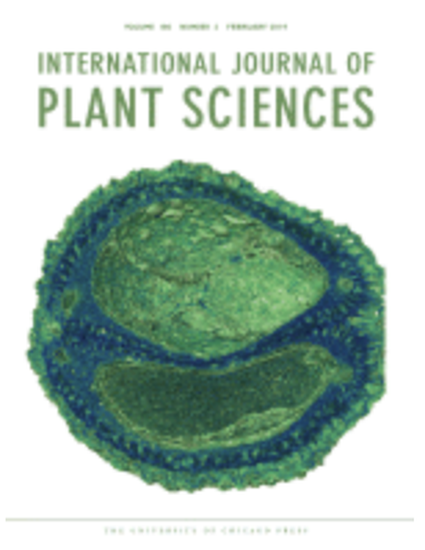
Article
Ecotypic Variation of Eurotia lanata Populations in Utah
Botanical Gazette
(1969)
Abstract
Eurotia lanata has long been regarded as a dependable indicator of soil conditions. However, because of conflicting reports of soil relationships, a study was conducted to discover if ecotypic variation was present in this species. Salinity analyses of soils from under different Eurotia stands revealed a significant difference among soils in total soluble salt percentages. Germination of seeds from four locations at different sodium chloride levels resulted in significant differences in germinating percentages among seed sources. Reciprocal transplant results indicated that the seedlings from each of four locations are better adapted to their own soil than are seedlings from the other three locations. Transplants of seedlings from each of four seed sources into homogeneous soils saturated with four levels of sodium chloride resulted in significant differences among sources in seedling response. A reciprocal seeding experiment resulted in significant differences in seedling response both among soils and among seed sources. The presence of ecotypic variation is indicated by each phase of the study. This variation should be taken into account when this species is used as a soil indicator, and source location should be designated when research dealing with this species is reported.
Disciplines
Publication Date
1969
DOI
https://doi.org/10.1086/336465
Citation Information
Neil E. West. "Ecotypic Variation of Eurotia lanata Populations in Utah" Botanical Gazette Vol. 130 Iss. 1 (1969) p. 26 - 35 Available at: http://works.bepress.com/neil_west/71/
